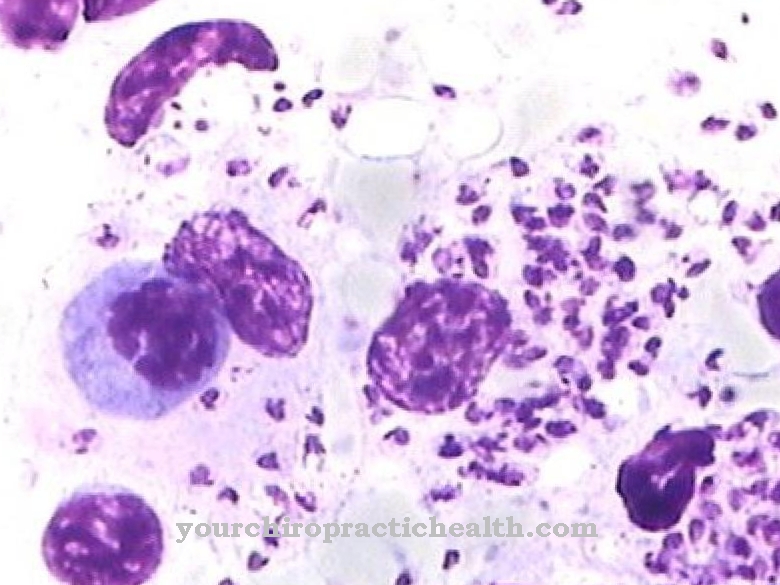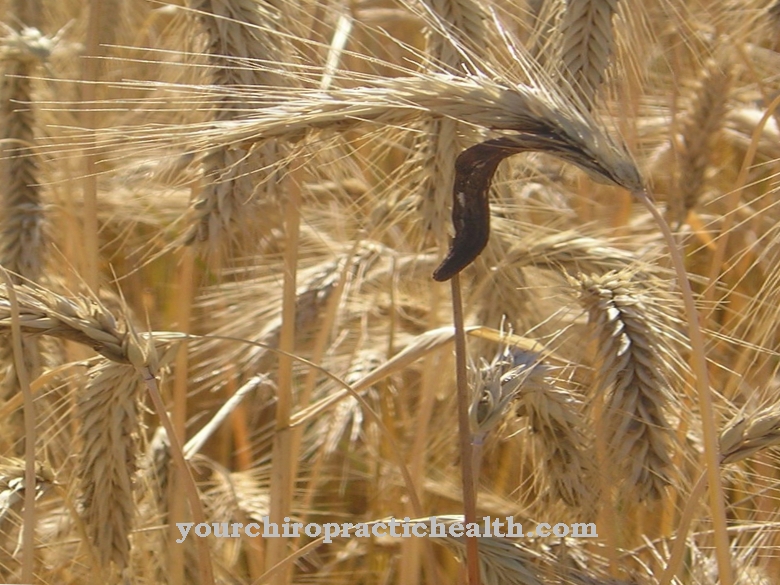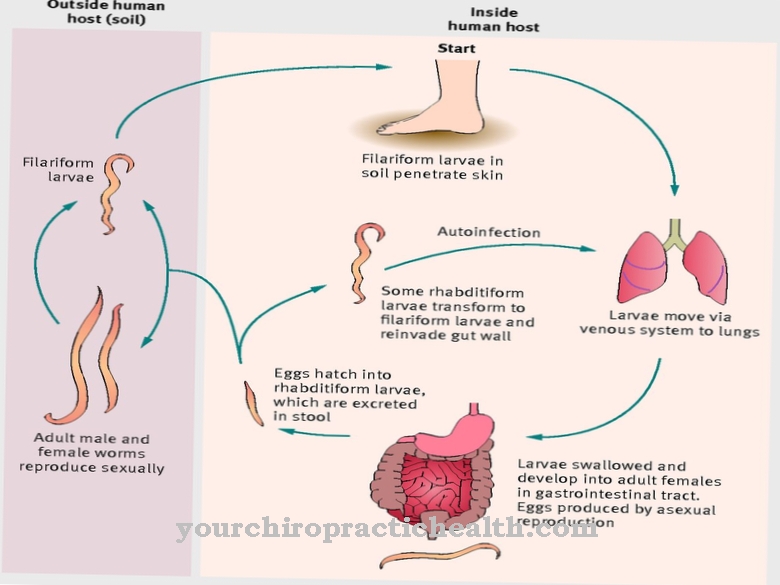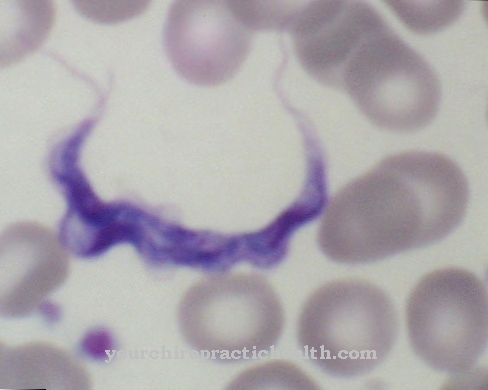Klebsiella granulomatis is an unscathed, gram-negative, rod-shaped bacterium from the enterobacteria family. It lives facultatively anaerobically in the cytoplasm of large, mononuclear cells and is the causative agent of the sexually transmitted disease donovanosis. The bacterium does not form spores and is therefore dependent on direct human-to-human transmission - mostly through sexual intercourse - for long-term survival.
What is Klebsiella Granulomatis?
Klebsiella granulomatis is the causative agent of the sexually transmitted disease Donovanosis, also known as granuloma inguinale. The bacterium belongs to the enterobacteria family because most species are found in the digestive tract. The gram-negative bacterium is not flagellated and not capable of independent locomotion. It lives facultatively anaerobically in the cytoplasm of large, mononuclear cells, occasionally also intracellularly in certain leukocytes with polymorphic cell nuclei.
Its appearance is pleomorphic, which means that it can take on other shapes besides the rod shape. For example, not yet fully developed bacteria can take on a small spherical (cocci-like) shape. Mature bacteria of the species Klebsiella granulomatis can form elliptical capsules, but depending on the environmental conditions they also occur as cocci or diplococci, in which two cocci combine like a pair.
The bacterium does not form permanent forms or spores, so that it is dependent on direct transmission from host to host for its long-term survival.
Occurrence, Distribution & Properties
Klebsiella granulomatis is the causative agent of the sexually transmitted disease donovanosis, which is one of the so-called STDs (sexually transmitted diseases). STDs are notifiable in Germany in anonymised form. The disease is endemic in some developing countries, as there is often no medical care available or those affected cannot afford the necessary medical treatment.
Main areas of endemic disease were found in regions and countries such as India, Brazil, South Africa and Papua New Guinea. In Australia, the disease was particularly rampant among the Aborigines. Education and better medical care have meanwhile been able to greatly reduce the infectious donovanosis.
The bacterium can only be transmitted through intensive skin contact. By far the most common type of infection is therefore through sexual intercourse. The bacteria predominantly colonize the tissues of the external genital organs and the anus area. Several days to several weeks after infection, painless ulcers appear, which can be mistaken for ulcers, as they are also typical for the sexually transmitted disease syphilis. Typical distinguishing features of the ulcerations caused by Klebsiella granulomatis from syphilitic ulcers are their painlessness and their rolled edge. Another distinguishing feature is that in infections with Klebsiella granulomatis, the lymph nodes are usually not involved, i.e. they do not show any swelling or tenderness. In addition, microscopic evidence using swabs or biopsies from the edge of the lesions can provide certainty.
The microscopic image typically shows so-called Donovan corpuscles in the cells that were previously stained according to Wright-Giemsa. The corpuscles are clearly visible under the light microscope after coloring as oval structures intracellularly in macrophages and histiocytes. The bacterium cannot be grown on culture media.
Klebsiella granulomatis responds well to certain antibiotics. Usually the bacteria are treated with macrolide antibiotics or tetracyclines. Macrolide antibiotics are usually well tolerated and have a bacteriostatic effect on many types of bacteria, as they effectively inhibit their protein synthesis. They are also commonly used to treat gonorrhea and fight chlamydial infections. The group of tetracyclines have a broad bacteriostatic effect against many gram-negative and gram-positive bacteria. However, tetracyclines have strong calcium binding properties, which lead to side effects and should be considered. Treatment of donovanosis is also common with co-trimoxazole. It is a combination of the two antibiotics trimethoprim and sulfamethoxazole with a very broad antibiotic effect.
When combating Klebsiella granulomatis, it should be noted that the bacterium - like many other gram-negative bacteria - is resistant to beta-lactam antibiotics.
Illnesses & ailments
If left untreated, the venereal disease granuloma inguinale can lead to tissue destruction in the external genital organs and the anus area. This is not only associated with partially disfiguring and mutilating effects, but the progressive tissue destruction with pronounced hemorrhages increases the risk of a secondary microbial infection. Due to the existing lesions, the skin largely loses its ability to prevent the penetration of microorganisms.
The bleeding that occurs enables certain pathogenic germs to enter the bloodstream directly. For example, donovanosis is associated with an increased risk of HIV infection because the HIV pathogens have an “easier time” for infection. If there is bleeding on the genitals, the skin barrier that is normally to be overcome is severely weakened or completely absent. AIDS viruses are therefore clearly more infectious in people who are already suffering from Klebsiella granulomatis in an advanced stage than in people who do not suffer from this pre-existing disease.
While donovanosis can be treated relatively effectively with certain antibiotics, there is a risk that the disease may recur for up to 18 months after successful treatment. Sex partners who have had intercourse with the infected person up to 40 days before the onset of symptoms also carry the risk of infection.
Sick people should refrain from sexual intercourse during treatment with suitable antibiotics until the disease has completely healed. This ensures that they do not infect other people during this time.














.jpg)













